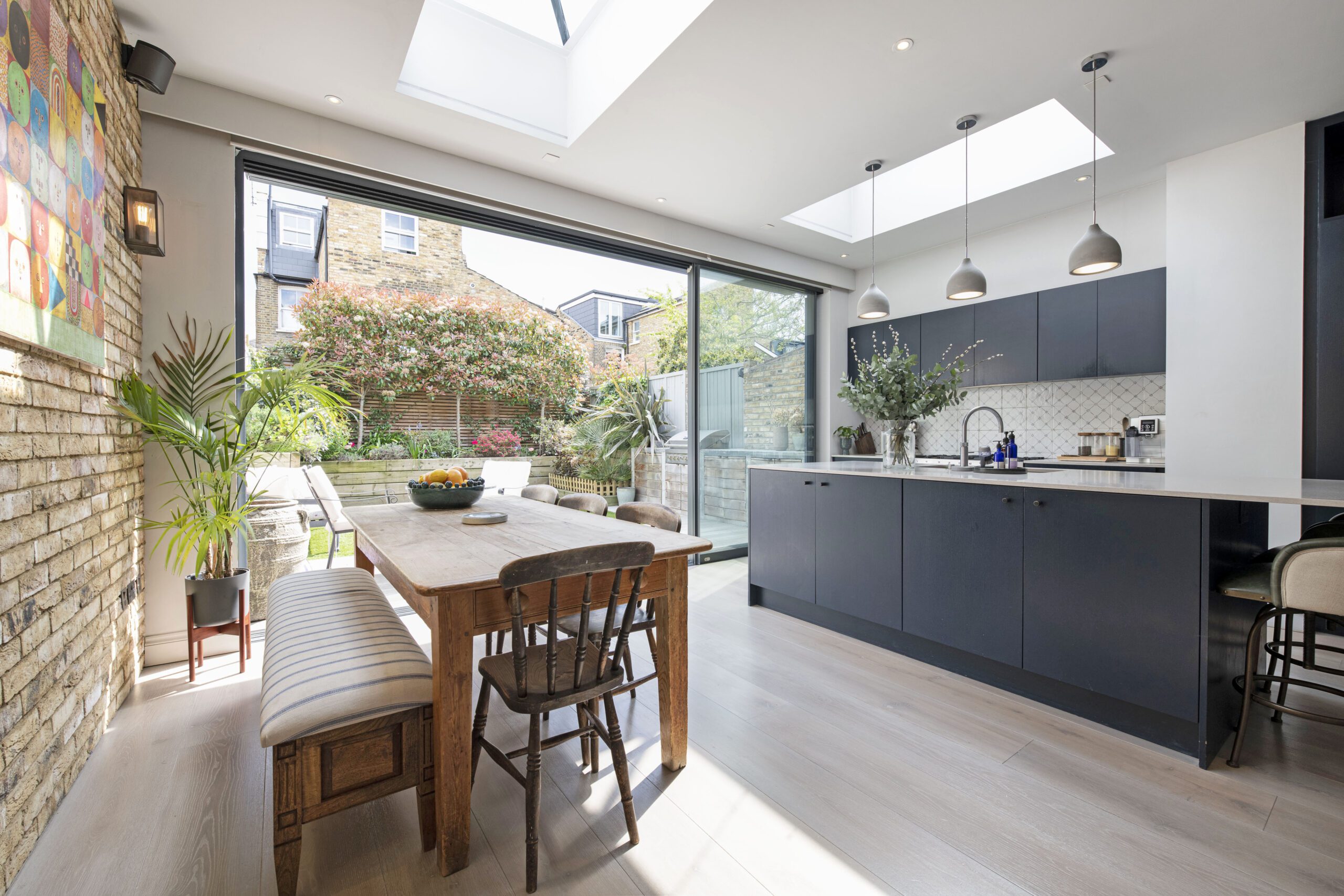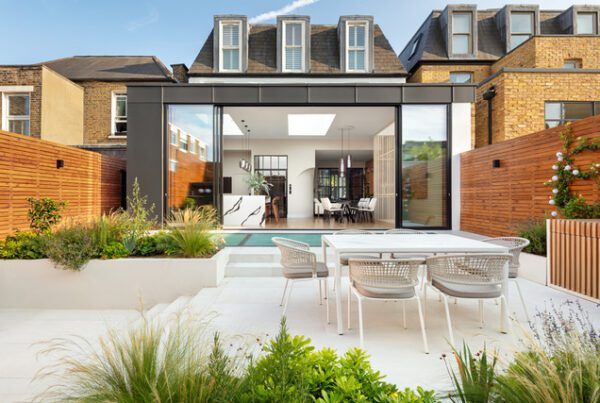It was a quiet Sunday afternoon when someone I know, let’s say a homeowner living in a beautiful, classic Victorian home, sat by the window with a cup of coffee, staring out at the overgrown garden. As the sun streamed through the trees, they found themselves daydreaming about what their home could be—more space, a more open floor plan, and a way to update the old while maintaining the charm that drew them to the house in the first place.
The thought of extending their home had always been on their mind, but it wasn’t just about adding more space. They didn’t want to lose the character of their historic home or take away the charm that made it uniquely theirs. But, they also felt the need for modern functionality—something that could make the house feel both spacious and practical for a growing family.
With a few online searches and visits to design magazines, they quickly discovered something that completely changed their perspective: blending modern design with classic architecture wasn’t just possible—it was an art form. Here’s how this journey led to the perfect home extension, where the old and the new coexist in perfect harmony.
1. Sustainable and Eco-Friendly Home Extensions
The first thought that came to mind was that any extension should be sustainable. They’d always cared about the environment and wanted their home to reflect that—especially with the new extension. After researching modern green building solutions, they were surprised to find how easy it was to incorporate sustainable elements into their home.
They opted for a green roof that would not only help with insulation but also be an environmental asset. The roof would collect rainwater, reducing water waste and lowering their utility bills. They also added solar panels, allowing their home to produce its own energy, making the extension eco-friendly and self-sufficient.
Why It’s Worth It: These sustainable features didn’t just reduce their environmental footprint. They lowered energy costs and made their home more future-proof, increasing its value and making it a space that could stand the test of time.
2. Modular Home Extensions: Flexibility and Efficiency
As they continued planning the extension, they came across the idea of modular home extensions—a perfect fit for someone seeking flexibility without compromising style. Modular extensions are prefabricated off-site, which means the process is not only quick but also much more cost-effective than traditional home extensions.
What intrigued them the most about modular designs was how they could be customized to match the existing home. They could add a home office, an extra bedroom, or a guest suite without disrupting the rest of the home’s architecture. The materials were chosen to ensure the modern design fit in perfectly with the classic look, preserving the original feel of the Victorian home while giving them the space they needed.
Why It’s Worth It: Modular home extensions allowed them to achieve their goal of expanding their home quickly, affordably, and seamlessly. The new extension blended beautifully with the existing structure, providing both functionality and style.
3. Multi-Functional Spaces: Making the Most of Every Inch
With the extension underway, they realized they didn’t just want more rooms—they wanted multi-functional spaces that could adapt to their lifestyle. After all, they were living in an urban area where space was at a premium.
They decided to make their new living area a space that could double as an entertainment zone or family room depending on the day. A home office was designed with hidden storage, so it could easily convert into a guest room when friends visited. The beauty of these multi-functional spaces was that the entire extension could be reconfigured based on their needs, without the home ever feeling cluttered.
Why It’s Worth It: Multi-functional spaces provide an incredibly efficient use of space. They allowed for a flexible living environment that could be adapted as the family’s needs evolved over time. This made the extension more livable and practical, ensuring it would serve them for years to come.
4. Biophilic Design: Bringing Nature Inside
As they envisioned the extension, they couldn’t shake the feeling that something was missing. The more they thought about it, the more they realized they wanted to connect with nature—even though they lived in the heart of the city. That’s when they discovered biophilic design.
They decided to integrate large windows that opened up to the garden, allowing sunlight to pour in and connect the indoor spaces to the outdoors. They also introduced a living wall, where plants could climb up the walls of the new extension, bringing life and color to the space. Natural materials, like wood and stone, were used throughout the extension, helping to create a soothing, organic atmosphere.
Why It’s Worth It: Biophilic design not only makes a space beautiful, but it also enhances your well-being. The incorporation of natural light and plants created a tranquil atmosphere that made the extension feel like an oasis, even in the bustling city.
5. Smart Home Extensions: Future-Proofing the Space
With modern technology rapidly evolving, it was clear that smart home systems had to be part of the new extension. The thought of controlling everything from lighting to temperature with the touch of a button excited them.
They installed smart thermostats that adjusted the temperature based on their routines, making the space more energy-efficient. Automated lighting systems allowed them to set the perfect mood for movie nights or family dinners. A smart security system that could be monitored remotely gave them peace of mind while traveling.
What amazed them most was how these smart features blended seamlessly into the design, enhancing the modern aesthetic of the extension while future-proofing the home for years to come.
Why It’s Worth It: Smart home extensions provide comfort, convenience, and efficiency. They also offer increased security and control over the home environment, allowing homeowners to easily adjust to their lifestyle needs.
Conclusion: The Art of Blending Modern Design with Classic Architecture
As the extension neared completion, the homeowner stood in awe, realizing how beautifully the modern and classic elements had come together. The sustainable features, modular design, and biophilic elements had all been incorporated in a way that felt natural and seamless. The smart technology enhanced the home’s functionality, while the classic Victorian architecture still remained the heart of the house.
Blending modern design with classic architecture isn’t just about adding space—it’s about creating a living environment that feels timeless yet innovative, functional, and beautiful.
As you plan your own home extension for 2025, consider how you can embrace these architectural innovations to transform your space into something that reflects both your modern needs and your love for classic design. With the right balance, your home extension can become a perfect blend of old and new, bringing your vision to life in a way that feels fresh, stylish, and enduring.



